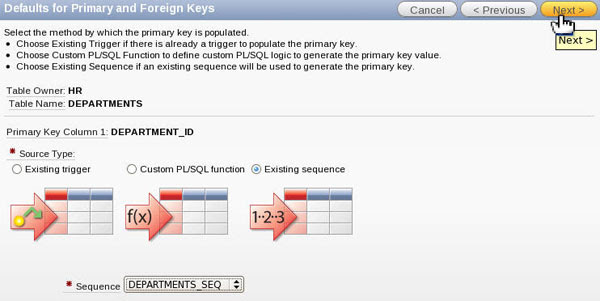As discussed in the documentation, a sequence in oracle prevents duplicate values from being created simultaneously because multiple users are effectively forced to “take turns” before each sequential item is generated. for the purposes of creating a unique primary key for a new table, first we must create the table we’ll be using:. Please let me know how can i update a record in the primary key field which behaves as a foreign key to other tables without altering (disabling) the primary/foreign constraint???? please reply sooon and the constraint will be verified at the commit instead of at the statement level, allowing you to. Faq: using sequences in postgresql. many of the questions asked in #postgresql revolve around using sequences in postgresql. to avoid answering the same questions again and again, i thought it would be worthwhile to summarize the basic steps involving in using sequences in postgresql. what is a sequence?.
Sys_guid returns a guid-- a globally unique id. a sys_guid is a raw(16).it does not generate an incrementing numeric value. if you want to create an incrementing numeric key, you'll want to create a sequence.. A common model is to have a dependent object share the primary key of its parent. in the case of a onetoone the child's primary key is the same as the parent, and in the case of a manytoone the child's primary key is composed of the parent's primary key and another locally unique field.. The next sequence number of the last insert is number 4, therefore, mysql uses number 4 for the new row instead of 11. in this tutorial, you have learned how to use mysql sequence to generate unique numbers for a primary key column by assigning the auto_increment attribute to the column..



